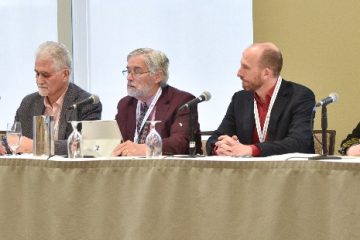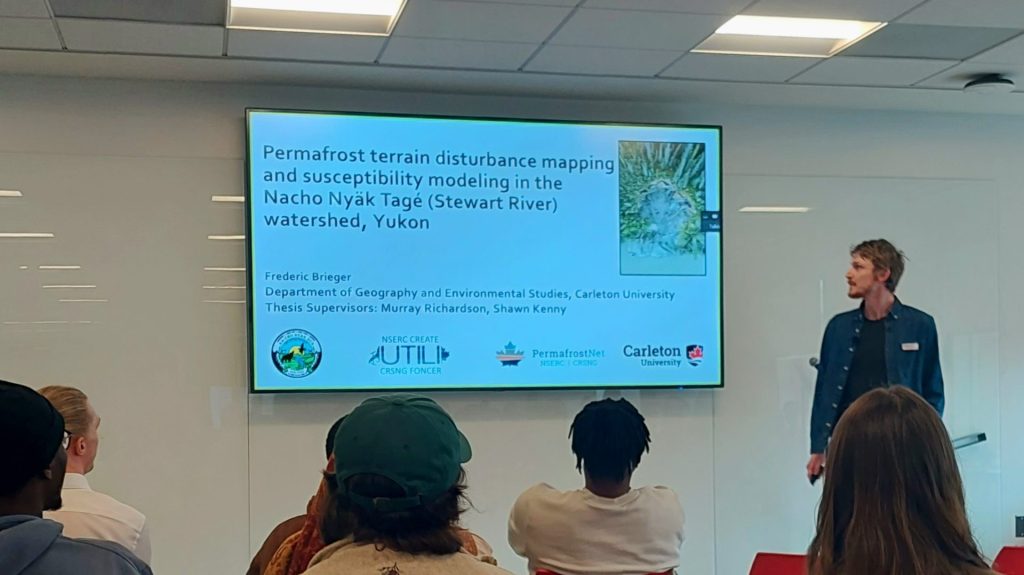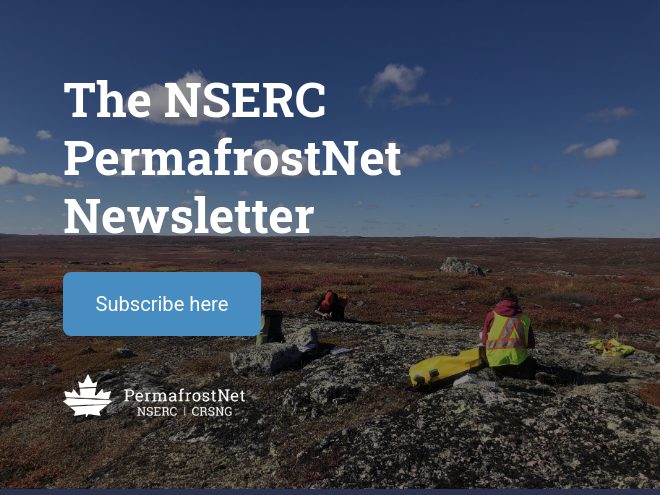Usman Iqbal Ahmed will be presenting Precise Change Detection with Airborne Interferometric Synthetic Aperture Radar (InSAR) & Optical Photogrammetry Data and its application to Active Permafrost Regions.
Date: 22 May 2024
Time: 13:00-14:00 Eastern Time
Location: Zoom (details are posted in our Teams site).
Permafrost thaw can cause several problems; the ground becomes unstable and can cause damage to infrastructure such as roads, buildings, and pipelines. It can also cause erosion and changes in the landscape, which can have ecological and social impacts and disruption of indigenous ways of life. Monitoring these changes is a key factor in reducing the impact of such disasters as well as timely reaction/adaptation to such changes. I am exploring the option of developing a change detection method using Airborne Synthetic Aperture Radar (SAR) Interferometry and Optical Photogrammetry data for precise change detection. I will present the results of our controlled experiment with simulated permafrost related changes to showcase the capability of our method in active permafrost thaw environments.























